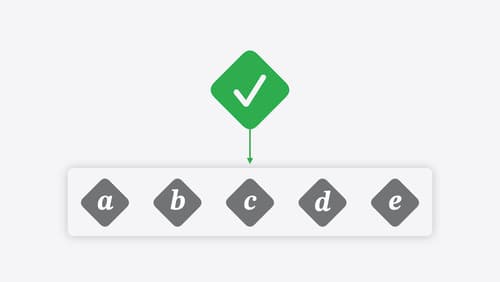geef een voorbeeld van async wait
Asked on 2024-09-24
1 search
In Swift, the async and await keywords are used to handle asynchronous operations. An async function is one that can pause its execution to wait for a result, allowing other tasks to run in the meantime. The await keyword is used when calling an async function to indicate that the function may suspend at that point.
Here's a simple example of how async and await can be used in Swift:
func fetchData() async -> String {
// Simulate a network call
await Task.sleep(2 * 1_000_000_000) // Sleep for 2 seconds
return "Data fetched"
}
func processData() async {
let data = await fetchData()
print(data)
}
In this example, fetchData is an async function that simulates a network call by sleeping for 2 seconds. The processData function calls fetchData using the await keyword, indicating that it will wait for fetchData to complete before continuing.
For more detailed information on async functions and their performance, you can refer to the session Explore Swift performance (24:33) from WWDC 2024.

A Swift Tour: Explore Swift’s features and design
Learn the essential features and design philosophy of the Swift programming language. We’ll explore how to model data, handle errors, use protocols, write concurrent code, and more while building up a Swift package that has a library, an HTTP server, and a command line client. Whether you’re just beginning your Swift journey or have been with us from the start, this talk will help you get the most out of the language.

Migrate your app to Swift 6
Experience Swift 6 migration in action as we update an existing sample app. Learn how to migrate incrementally, module by module, and how the compiler helps you identify code that’s at risk of data races. Discover different techniques for ensuring clear isolation boundaries and eliminating concurrent access to shared mutable state.

Go further with Swift Testing
Learn how to write a sweet set of (test) suites using Swift Testing’s baked-in features. Discover how to take the building blocks further and use them to help expand tests to cover more scenarios, organize your tests across different suites, and optimize your tests to run in parallel.
